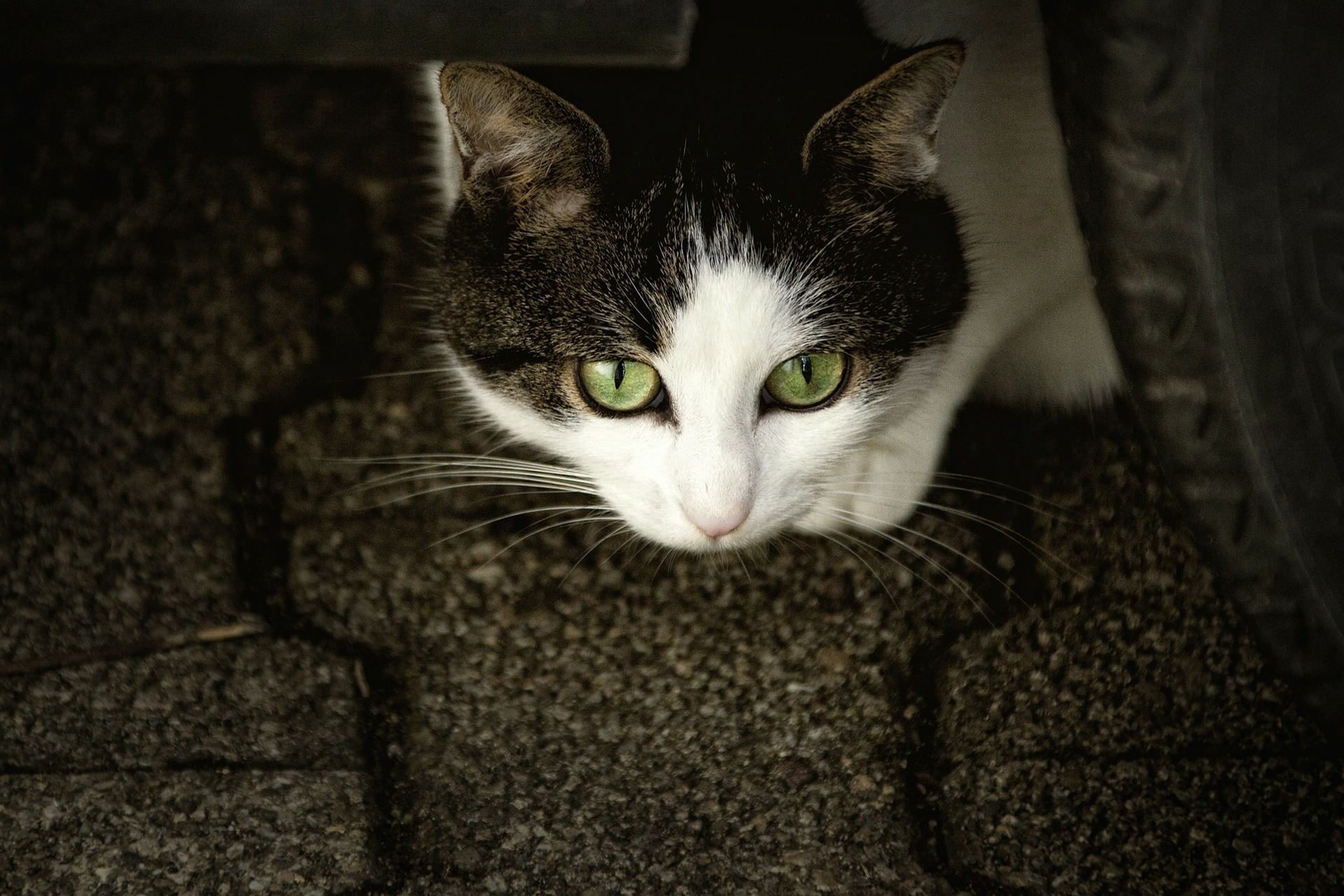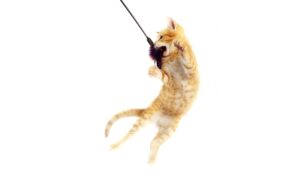Reducing Pet Anxiety
Steven Appelbaum //July 17, 2019//
Every year I notice a marked increase in the number of people contacting me with concerns about their pets reacting negatively to Fourth of July celebrations. With the holiday coming, this seems like a good time to discuss stress/anxiety behaviors in dogs and cats. First, let’s define a few words:
Fear is a reaction in which a dog or cat perceives something as a threat. Fearful dogs and cats exhibit specific body postures and engage in behaviors like panting, shaking, urination and defecation. Numerous factors determine whether the animal freezes, elects to fight or flees. Fear is a survival mechanism and, depending on the circumstance, can be normal or abnormal.
Phobia is a consistent and powerful fear of something. Some phobias are strong enough that even a hint of the event can trigger a response. A good example of this is noise phobia. Some dogs are so traumatized by the sound of fireworks that even similar noises like a car backfiring can cause an extreme reaction.
Anxiety is fearful anticipation of future events. These events can be real or imagined. Anxious pets often exhibit fearful body posture. They can also react with vocalization (excessive barking or yowling), escape behavior (fence-jumping, dashing out of gates or scratching at barriers like doors), nausea (car sickness), chewing, defecation, urination and digging holes.
Some of the common fear and anxiety scenarios I see include:
- Unfamiliar and/or loud noises
- Discomfort meeting new people
- Being left alone
- Riding in motor vehicles
- Being introduced to a new environment
A growing array of pet products designed to help reduce anxiety are on the market. Popular and effective products by ThunderWorks have been embraced and recommended by some trainers and veterinarians for years. The same holds true for Ceva Animal Health pheromone products. These and other stress-relieving products often work best when combined with behavior-modification techniques.
A basic understanding of the reasons pets become anxious, as well as tips to assist owners in dealing with them, can help pet retailers stand out from the competition. It might also aid owners in getting the most out of the anxiety-reducing pet products they purchase.
Let’s start with the one that is on people’s minds in the summertime: loud noises typically connected to the Fourth of July. Clients who purchase an anxiety-reducing product like ThunderShirt on July 3 hoping to simply put it on their pet the following day may find that the product works, or they may discover that it doesn’t work as well as it could have if they had taken a few preliminary steps. Ideally, clients should purchase this item several weeks to a month in advance and put it on their pet when no loud noises or fear-inducing triggers take place. During these sessions, owners can feed their pet treats for 10 minutes or so before removing it. Owners doing this one to three times a week for a few weeks will typically discover their pet associating very positive things with wearing the shirt. At this point, they are ready for step two.
Next, advise owners to play an audio recording (YouTube has tons of fireworks videos). Have them put the shirt on their pet and immediately start praising and feeding them. After 3 minutes, they should play the video with sound at a low volume while continuing to feed them for the remainder of this 10-minute session. By week two, the volume of the video should be increased slightly. Owners should continue to very gradually turn up the volume each week until it is as loud as the fireworks that are likely to be heard.
Stress-related behaviors when traveling is another common challenge and one that owners tend to focus on during the warmer months. Symptoms include nausea, drooling, barking and whining. Many owners only take their pets for rides to the veterinarian, groomer or kennel. These places are not always positively associated by pets. Owners should start by putting their pet in the car and not going anywhere. During this time, the animal should be fed and praised. When they are comfortable just sitting in the vehicle, start with very short trips to fun places. End on a positive note!



















